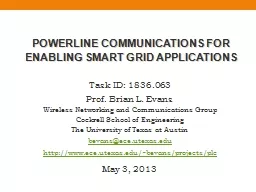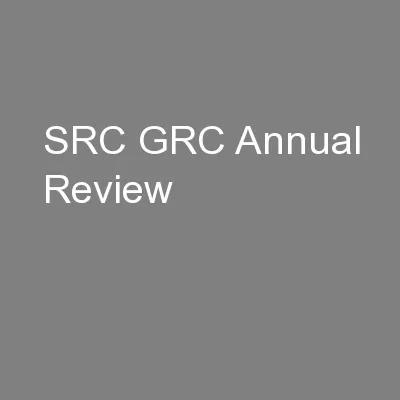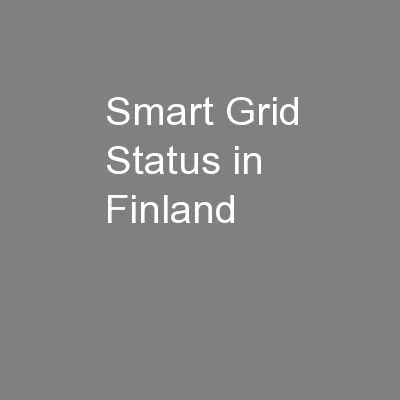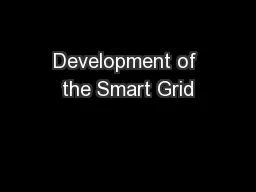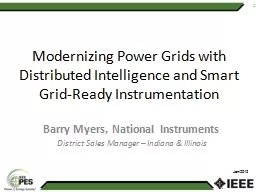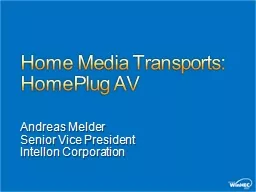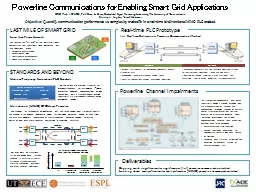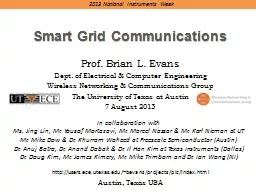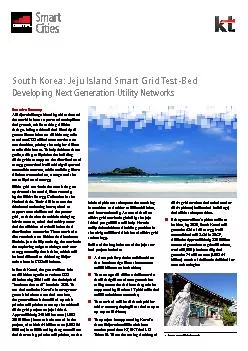PPT-POWERLINE COMMUNICATIONS FOR ENABLING SMART GRID APPLICATIO
Author : alexa-scheidler | Published Date : 2017-03-31
Task ID 1836063 Prof Brian L Evans Wireless Networking and Communications Group Cockrell School of Engineering The University of Texas at Austin bevanseceutexasedu
Presentation Embed Code
Download Presentation
Download Presentation The PPT/PDF document "POWERLINE COMMUNICATIONS FOR ENABLING SM..." is the property of its rightful owner. Permission is granted to download and print the materials on this website for personal, non-commercial use only, and to display it on your personal computer provided you do not modify the materials and that you retain all copyright notices contained in the materials. By downloading content from our website, you accept the terms of this agreement.
POWERLINE COMMUNICATIONS FOR ENABLING SMART GRID APPLICATIO: Transcript
Download Rules Of Document
"POWERLINE COMMUNICATIONS FOR ENABLING SMART GRID APPLICATIO"The content belongs to its owner. You may download and print it for personal use, without modification, and keep all copyright notices. By downloading, you agree to these terms.
Related Documents

